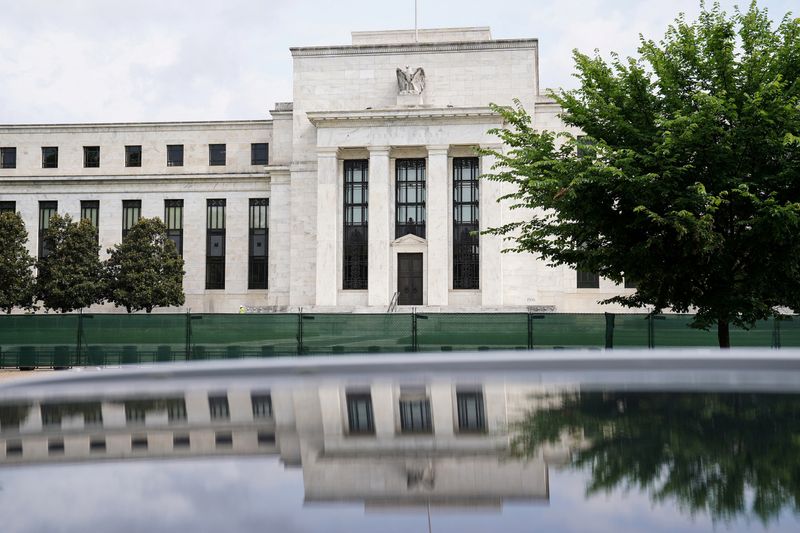The U.S. Federal Reserve is expected to proceed with interest rate cuts in November; however, they face challenges as inflation is showing signs of resilience rather than continuing to cool effectively. Lisa Shalett, the Chief Investment Officer at Morgan Stanley Wealth Management, expressed concerns over the evolving labor market during the recent Reuters Global Markets Forum. Shalett highlighted that the Fed is shifting its focus away from the 2% inflation target, indicating that it has effectively abandoned that goal. The ongoing economic situation, especially with mixed signals from the labor market, is prompting Fed policymakers to consider more rate cuts in the upcoming months.
Last week, most Fed officials communicated their support for additional rate reductions, while some, like Atlanta Fed President Raphael Bostic, suggested that pausing rate cuts in November could be a prudent strategy. The current market dynamics suggest that the equity markets have not yet adjusted to these anticipated changes, although bond markets are beginning to reflect adjustments in long-term rates as inflation expectations rise. Recent data indicated that U.S. consumer prices rose slightly more than anticipated in September, while producer prices remained stable during the same month, indicating a complex economic landscape.
Traders are leaning heavily towards a 25 basis-point rate cut at the Fed’s policy meeting scheduled for November 6-7, with current odds at approximately 89%. This sentiment has shifted away from prior expectations of a 50 basis-point reduction, which were based on robust employment reports and positive economic indicators. The climate leading up to the Fed’s decision has also been complicated by the forthcoming U.S. presidential election on November 5, which remains closely contested, particularly between Democratic Vice President Kamala Harris and former Republican President Donald Trump, according to recent polls.
In light of the evolving market conditions and uncertainties surrounding the election, Shalett has advised clients to consider investment in “real assets” such as gold, commodities, real estate, and energy infrastructure as a buffer against rising market volatility. This strategy emphasizes the importance of tangible and resilient assets that could safeguard against fluctuating economic conditions. Additionally, she supports the idea of engaging in market-neutral hedge fund strategies, which can offer protection during turbulent market phases.
The overall economic picture is increasingly complex, with policymakers at the Fed needing to navigate the tricky waters of rising inflation expectations and labor market irregularities while preparing for potential interest rate adjustments. As the labor market exhibits a mixed performance and inflation demonstrates persistent pressures, the decisions made by the Fed will play a critical role in shaping both the economic outlook and the investment landscape in the coming months. With the presidential election looming, added uncertainty will further complicate the Fed’s decision-making process as they aim to strike a delicate balance between growth and inflation control.
As the Federal Reserve moves forward with its meetings, the key concerns will revolve around maintaining economic stability amid a potentially shifting political landscape. Investors are advised to remain cautious, focusing on strategic asset allocations that prioritize resilience and performance amid uncertainty, mirroring Shalett’s broader views on safeguarding against market volatility. In essence, navigation through this complex economic and political terrain requires astute decision-making from both policymakers and investors as they brace for what lies ahead.

